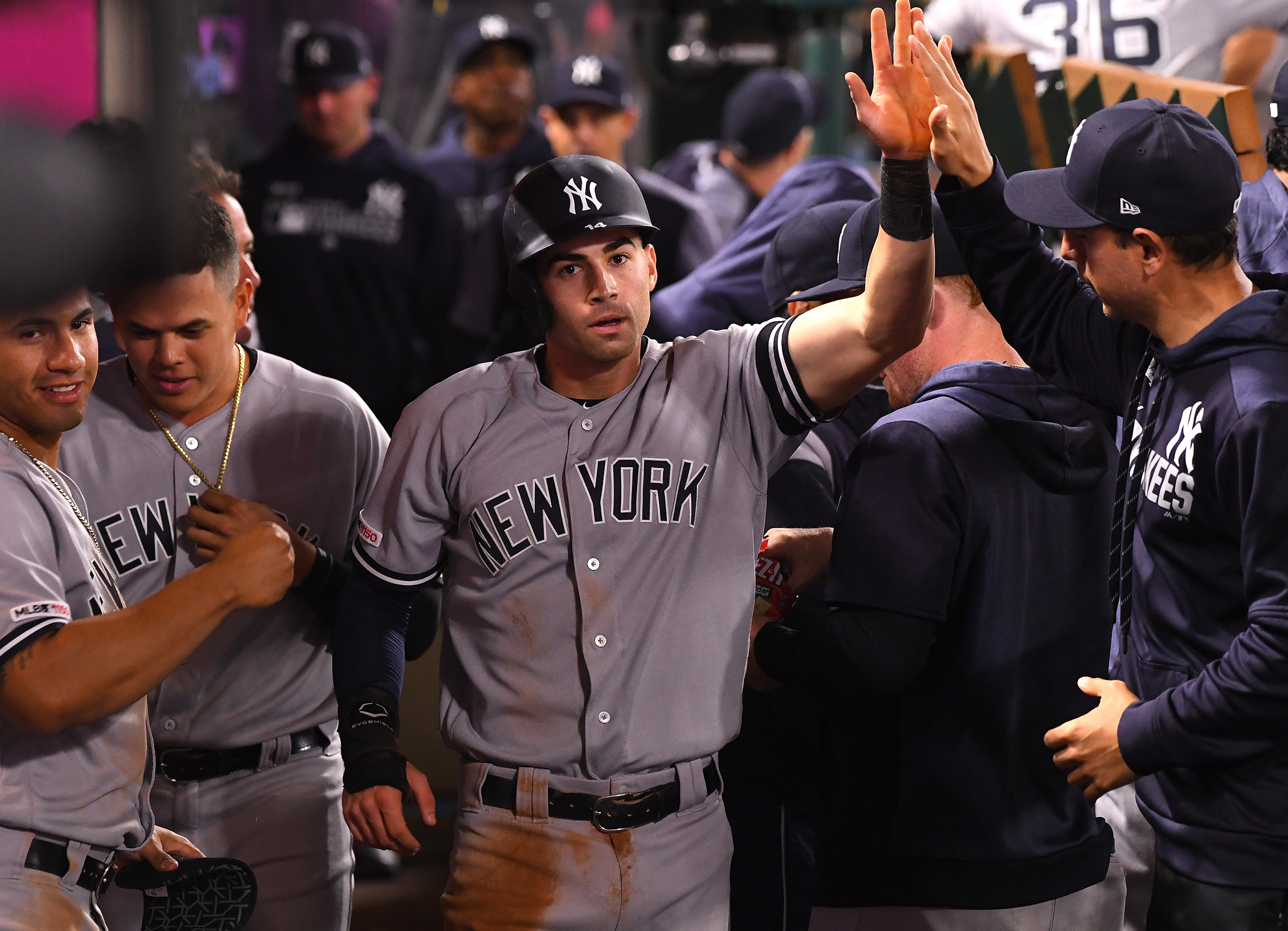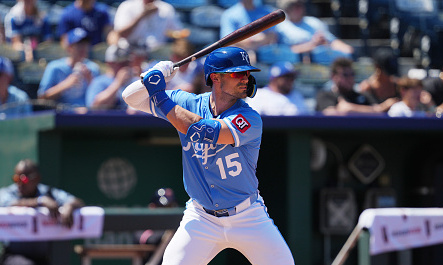After it appeared a late start to the season would allow the New York Yankees’ players to recover and be healthy to start the year, the team received more bad news regarding the health of their players.
On July 4, Masahiro Tanaka was drilled in the head by a line drive off the powerful bat of Giancarlo Stanton. The Yankees’ slugger hit this ball upwards of 110 MPH. Fortunately, it appears Tanaka will be healthy going forward, as he tweeted saying he will “try to get back on the mound ASAP!”
I appreciate all the support. I feel it a bit right now, but I’m all good. Going to try to get back on the mound ASAP! Thanks again for all the encouraging words!
— 田中将大/MASAHIRO TANAKA (@t_masahiro18) July 5, 2020
Along with Tanaka, it was announced that DJ LeMahieu tested positive for COVID-19. Yankees manager Aaron Boone revealed that LeMahieu was asymptomatic and will make a full recovery.
It still appears that both Tanaka and LeMahieu intend to play this season, and it’s possible both are ready to play for the Yankees on Opening Day when they face off against the Washington Nationals. However, this can change depending on how their situations develop as there is no set date for either’s return at this moment. Therefore, the Yankees need to determine how they can replace Tanaka in the starting rotation and LeMahieu in the starting lineup in case one—or both—are not ready to play on July 23.
Replacing Masahiro Tanaka
Opener Strategy
The opener strategy continues to be utilized across MLB. The Yankees used Chad Green as their opener whenever they decided to make use of this strategy in 2019. After an inning or two, he would be replaced by a multitude of options out of the bullpen. Following a horrendous start to last season, Green found more success when filling the role as opener, which also helped him build his confidence in typical relief appearances.
It wouldn’t be surprising to see the Yankees implement an opener strategy as Tanaka recovers. Without Tanaka, the likely four candidates to make up the Yankees’ rotation are Gerrit Cole, James Paxton, J.A. Happ, and Jordan Montgomery. This would allow the opener to slide into the fifth slot.
Along with Green, their bullpen arms include Adam Ottavino, Zack Britton, Tommy Kahnle, and Aroldis Chapman. Last season, Ottavino, Britton, and Chapman all boasted sub-2.25 ERAs.
Boone even decided to put the opener strategy into effect in an elimination game last season during Game 6 of the ALCS against the Houston Astros, so it’s evident that he has full trust in the Yankees’ bullpen to win games. This will be a viable option for the Yankees throughout the season if it is needed.
If the Yankees decide to take a more traditional approach, Clarke Schmidt sliding into the fifth spot in the rotation makes perfect sense. The Yankees have several young pitchers who deserve a chance, such as Michael King, but Schmidt appears to have been the most impressive during Spring Training and now in Summer Camp. Schmidt was drafted in the first round with the 16th pick back in 2017, so it’s clear that the Yankees have lofty expectations for the 24-year-old starting pitcher.
In limited spring innings, Schmidt performed well, recording an ERA of 2.57 over seven innings of work. Along with this, he struck out eight batters. Schmidt was building off a successful year in the minor leagues last season. In 2019, throughout various levels of minor league play in the Yankees’ system, Schmidt put up an ERA of 3.47 in the 19 games he pitched in. During 90.2 innings, he recorded 102 strikeouts and six wins.
The most revealing indication of the Yankees’ confidence in Schmidt is how he started in the intrasquad game where Schmidt faced off against the Yankees’ projected starting lineup, minus LeMahieu. In this game, Schmidt was more than capable of holding his own as he only allowed a single. This short outing impressed several Yankees and the coaching staff. Schmidt seems poised to contribute for the Yankees this season whether he is asked to fill in as the fifth starter until Tanaka returns or out of the bullpen.
Replacing DJ LeMahieu
Replacing LeMahieu’s bat in the starting lineup with Miguel Andujar’s would provide the Yankees with the highest potential for their lineup, as opposed to the other options to fill LeMahieu’s spot.
The issue with having to replace LeMahieu with Andujar comes defensively. This would mean Andujar would move to third base, or possibly the outfield, and Gio Urshela would move to second base where LeMahieu is slated to start this season. Andujar is a major downgrade defensively from both LeMahieu and Urshela. However, Andujar’s strong offensive numbers, plus the work he’s invested into improving defensively this offseason, would allow him to be the favorite to receive the at-bats LeMahieu would be taking if he were healthy.
While Andujar only played in 12 games last season, he was a force in his rookie season. In 2018, Andujar played in 149 games. He flashed his promise with an impressive 27 home runs and 92 RBI. On top of that, his .297 batting average made him a key component to the Yankees’ 2018 offensive attack. Andujar has the tools to continue his hitting production from his rookie year and is expected to receive several opportunities this season.
Although Tyler Wade doesn’t offer the same offensive abilities as Andujar, he is able to provide the Yankees with defensive flexibility. Overall, Wade is better defensively than Andujar. Wade also enables the Yankees to maintain everyone else in their projected starting positions, as Wade can replace LeMahieu at second base but is also capable of playing shortstop and in the outfield.
A positive sign in regards to Wade being chosen as the replacement for LeMahieu is that he started at second base for the Yankees in the intrasquad game alongside the rest of the starters, including Aaron Judge and Gleyber Torres.
Through the 43 games Wade played in last season, he hit .245. Not known for his power, Wade only hit two home runs in 2019 but did show off his speed by stealing seven bases.
Both Andujar and Wade provide the Yankees with different advantages to their starting lineup. Fortunately, the Yankees learned last season that they can lean on their depth as they won 103 games despite accumulating the most single-season injured list placements in MLB history.







